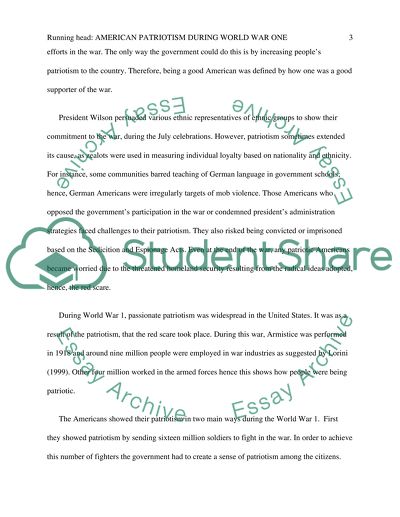Cite this document
(“American Patriotism During World War One Essay Example | Topics and Well Written Essays - 1500 words”, n.d.)
Retrieved from https://studentshare.org/history/1445862-american-patriotism-during-world-war-one
Retrieved from https://studentshare.org/history/1445862-american-patriotism-during-world-war-one
(American Patriotism During World War One Essay Example | Topics and Well Written Essays - 1500 Words)
https://studentshare.org/history/1445862-american-patriotism-during-world-war-one.
https://studentshare.org/history/1445862-american-patriotism-during-world-war-one.
“American Patriotism During World War One Essay Example | Topics and Well Written Essays - 1500 Words”, n.d. https://studentshare.org/history/1445862-american-patriotism-during-world-war-one.


